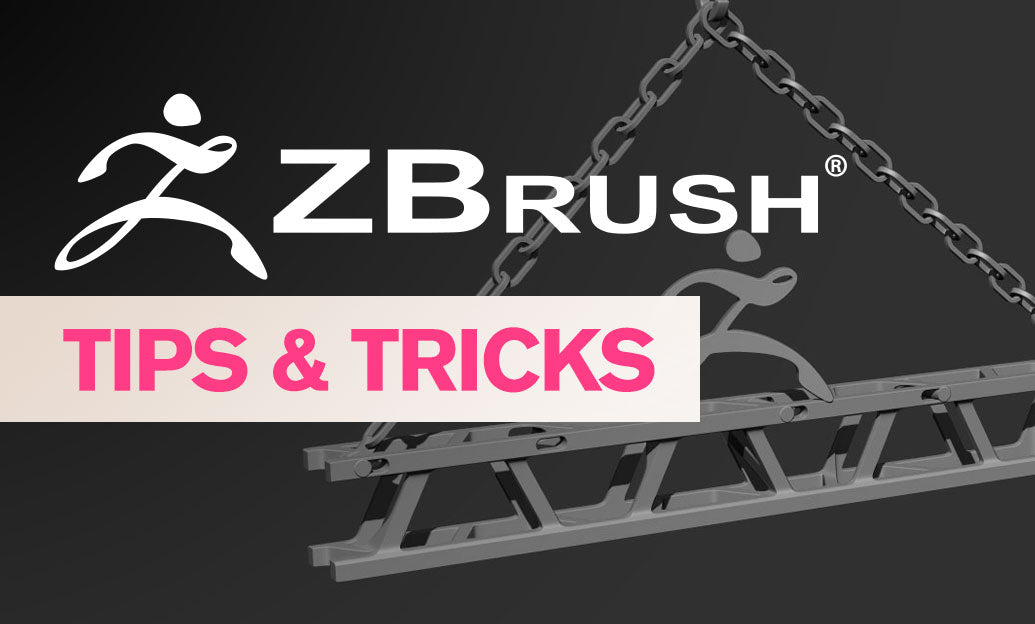Your Cart is Empty
Customer Testimonials
-
"Great customer service. The folks at Novedge were super helpful in navigating a somewhat complicated order including software upgrades and serial numbers in various stages of inactivity. They were friendly and helpful throughout the process.."
Ruben Ruckmark
"Quick & very helpful. We have been using Novedge for years and are very happy with their quick service when we need to make a purchase and excellent support resolving any issues."
Will Woodson
"Scott is the best. He reminds me about subscriptions dates, guides me in the correct direction for updates. He always responds promptly to me. He is literally the reason I continue to work with Novedge and will do so in the future."
Edward Mchugh
"Calvin Lok is “the man”. After my purchase of Sketchup 2021, he called me and provided step-by-step instructions to ease me through difficulties I was having with the setup of my new software."
Mike Borzage
V-Ray Tip: Enhancing V-Ray Frame Buffer Efficiency: Key Optimization Strategies
April 18, 2025 2 min read

Maximizing the efficiency of your V-Ray Frame Buffer (VFB) can significantly enhance your rendering workflow. By optimizing the VFB, you can achieve faster previews, better memory management, and improved post-production flexibility. Here are several strategies to optimize your V-Ray Frame Buffer for efficiency:
- Enable GPU Rendering: Leveraging GPU acceleration can drastically reduce render times. Ensure that your system’s GPU is properly configured and that V-Ray is set to utilize it effectively. This not only speeds up the rendering process but also allows for real-time adjustments within the VFB.
- Adjust VFB Resolution: Lowering the resolution of the VFB during initial previews can speed up the rendering process. Once satisfied with the composition and lighting, you can increase the resolution for the final render.
- Utilize V-Ray Denoiser: The V-Ray Denoiser can help achieve cleaner renders with fewer samples, reducing the overall render time. This feature is particularly useful for interactive rendering, allowing for faster iterations within the VFB.
- Optimize Color Buffer Settings: Simplify the color buffer settings by disabling unnecessary channels or using lower bit depths for preliminary renders. This reduces the amount of data the VFB needs to process, enhancing performance.
- Enable Region Rendering: Focus on specific areas of your scene by using region rendering. This allows you to render only the parts you are actively working on, saving time and resources.
- Manage VFB History: Limiting the number of buffered images can prevent excessive memory usage. Clear the VFB history periodically to maintain optimal performance.
-
Leverage V-Ray Frame Buffer Features:
- Histogram Display: Use the histogram to monitor exposure levels and lighting without additional rendering passes.
- Color Corrections: Perform basic color adjustments directly within the VFB to streamline your post-production workflow.
- Exposure Control: Adjust exposure settings in real-time to fine-tune the brightness and contrast of your renders without restarting the render process.
- Integrate with NOVEDGE Tools: Utilize plugins and tools available through NOVEDGE to enhance the functionality of your V-Ray Frame Buffer. These integrations can provide additional features such as advanced color grading, noise reduction, and more efficient memory management.
- Update V-Ray Regularly: Ensure you are using the latest version of V-Ray, as updates often include performance enhancements and optimizations for the VFB. Staying up-to-date can provide access to new features that further improve efficiency.
- Optimize Scene Management: Simplify your scene by reducing polygon counts, using instanced objects, and optimizing textures. A less complex scene requires less processing power, allowing the VFB to function more efficiently.
- Monitor System Resources: Keep an eye on your system’s CPU and GPU usage. Balancing the load can prevent bottlenecks that hinder the VFB’s performance. Tools available through NOVEDGE can assist in monitoring and optimizing system performance for V-Ray tasks.
By implementing these optimization techniques, you can enhance the performance of your V-Ray Frame Buffer, leading to a more efficient and productive rendering workflow. For more advanced tips and tools, explore the resources available at NOVEDGE.
You can find all the V-Ray products on the NOVEDGE web site at this page.
Also in Design News

Driving the Future: AI-Enhanced CAD for Automated Design Optimization
May 09, 2025 8 min read
Read More
ZBrush Tip: Maximize Your ZBrush Workflow with Advanced PolyPaint Techniques
May 09, 2025 2 min read
Read MoreSubscribe
Sign up to get the latest on sales, new releases and more …



